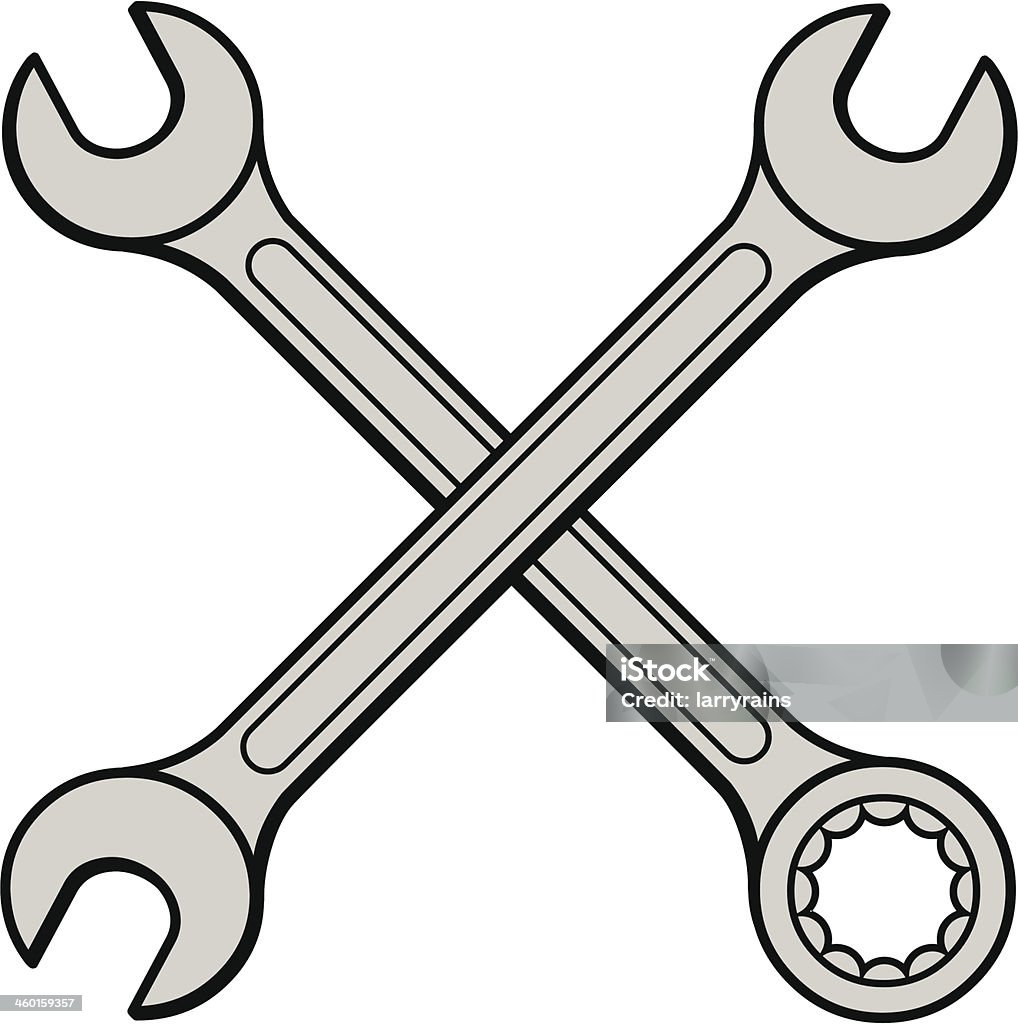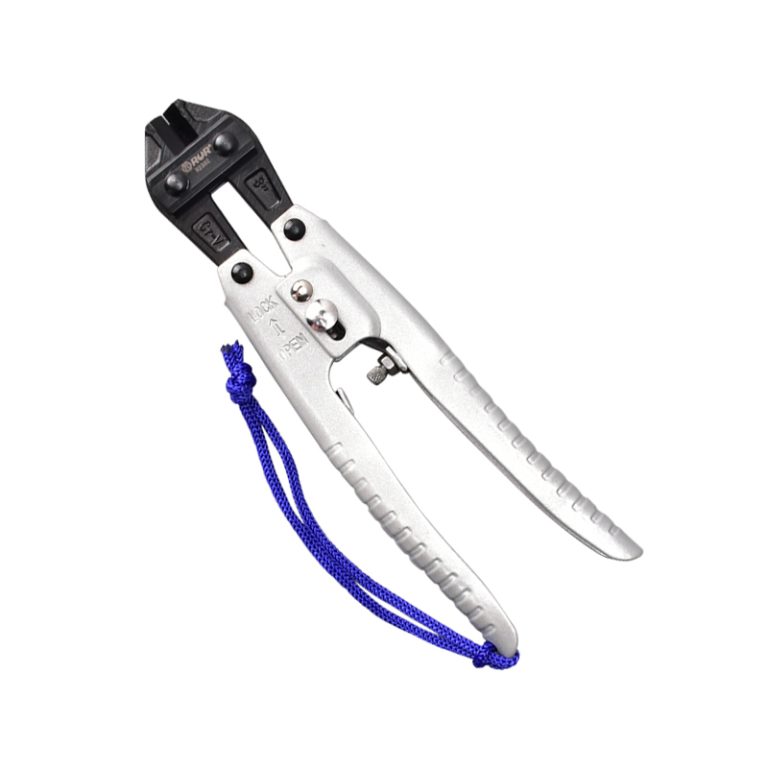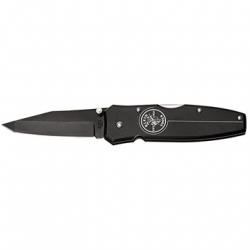How To Use Open Wrench

Using an open wrench, also known as an open-end wrench or spanner, is a straightforward process. Here’s a step-by-step guide on how to use an open wrench effectively:
Select the Correct Size:
Ensure you have the appropriate size of open wrench for the nut or bolt you are working with. The size is usually indicated on the wrench itself and corresponds to the dimensions of the fastener. Using the wrong size wrench can damage the fastener or result in an ineffective grip.
Position the Wrench:
Align the open jaws of the wrench with the nut or bolt you want to tighten or loosen. The jaws should be placed on two parallel sides of the fastener for a proper grip.
Fit the Wrench: Slide the open jaws of the wrench over the nut or bolt, making sure they fit securely. The jaws should surround the fastener without any gaps or slippage. The fit should be snug, but not overly tight.
Apply Force:
Hold the wrench handle firmly and apply force in the appropriate direction to tighten or loosen the nut or bolt. It’s essential to apply force in a way that engages the wrench with the fastener securely and minimizes the risk of slipping.
Turn the Wrench:
Rotate the wrench handle in a clockwise direction to tighten the fastener and in a counterclockwise direction to loosen it. Keep applying force steadily and avoid sudden jerks or excessive pressure, as it can lead to wrench slippage or damage to the fastener.
Repeat as Needed:
Continue turning the wrench until the nut or bolt reaches the desired level of tightness or is fully loosened. If you need to make further adjustments, you can repeat the process by repositioning the wrench on the fastener.
Switch Wrenches if Necessary:
If you encounter a different-sized nut or bolt, you may need to switch to a wrench with the appropriate size. Having a set of open wrenches in various sizes will allow you to handle different fasteners efficiently.
Safety Precautions:
When using an open wrench, take care to protect your hands and avoid any sudden movements that may cause injury. Ensure you have a secure footing and maintain your balance while applying force to the wrench to avoid accidents.
Remember, open wrenches are most effective when there is sufficient space around the fastener. In tight or hard-to-reach areas, alternative wrenches like closed-end wrenches or socket wrenches might be more suitable.
By following these steps and exercising caution, you can effectively use an open wrench to tighten or loosen nuts and bolts in various applications, such as automotive repairs, construction projects, plumbing tasks, and more.


